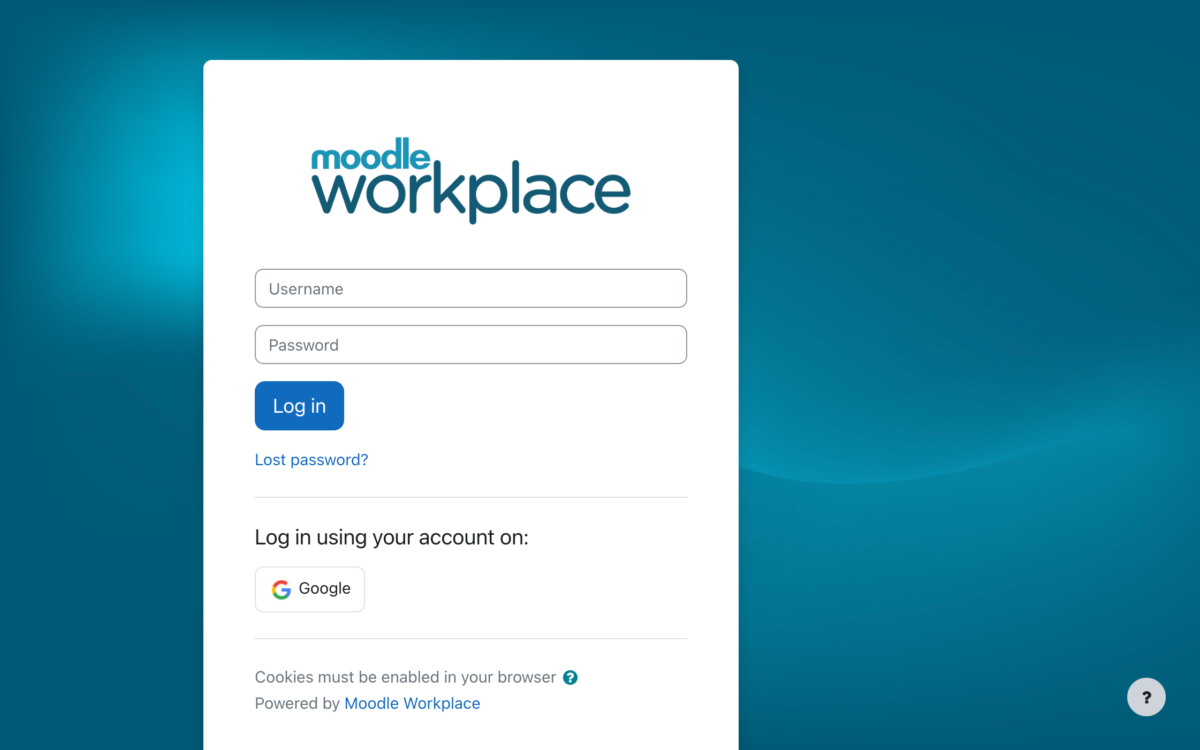Has this happened to you? You start a project with a kick-off meeting where everyone has defined roles and responsibilities, but the outcome of the project doesn’t quite end where you all thought it would? If this sounds familiar, we look at how projects may fail and offer tips on how to maximise success.
e-learning projects can go wrong; they can fail to live up to expectations set out at the early stages of the projects development. Factors which can contribute to an unsuccessful project can be:
- Length of project. Often there is a mismatch between what L&D professionals can deliver and what stakeholders and clients expect from the end result of the project. One of the key critical influencers here is lack of, or poor communication on establishing realistic goals. By ensuring that goals are aligned to business objectives — read our X post on this — you safeguard the projects goals and ensure that the project can meet stakeholder and client’s expectations.
- Moving deadlines. Any project manager worth their salt knows the significance of sticking to deadlines. One or two days out can affect everything from design to beta testing. So it’s important to adhere to deadlines by remaining true to the projects goals.
- Too much content. We’ve talked about this one before. Too much content can overwhelm the learner and not achieve the results intended. Overloading your e-learning with words and pages of information is an example of poor design. e-learning needs to take into account different learning styles as well as learner engagement. Chunking content and focusing on key information will help the learner understand and learn.
- Content quality. I recently sat through poorly written e-learning and the effect was increasing frustration. Poorly written content overrun with jargon or verbosity, can impact the learner’s understanding of the material. Take time to understand the content, use language that the learner uses in their everyday job. Make content relatable. Proofread your work.
- Lack of engagement. This is the death knell of your project. If you don’t include any interactivity, your learner will just be reading pages of PowerPoint. Interactivity allows you to integrate assessments, scenario-based cases, video and games; all of these elements contribute to good learning design.
- Inexperienced project managers. While it’s important to develop your corporate talent; it’s equally important to guide them through the process and expectations of the project. An inexperienced project manager left to fend on their own will not be able to anticipate or troubleshoot problems. Kick-off meetings are important; establish goals and expectations of the project as well as milestones. These will help the project manager become confident in their role as well as ensure timelines are met.
A successful e-learning project will have ensured that they have clear goals. Business objectives are aligned with stakeholder and client expectations and deadlines are clear. The L&D professional will have a good relationship with the SME who has helped in ensuring the content is clear, learning objectives are well defined and the interactivity in the program is balanced and relevant.







